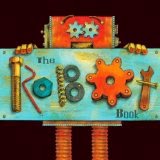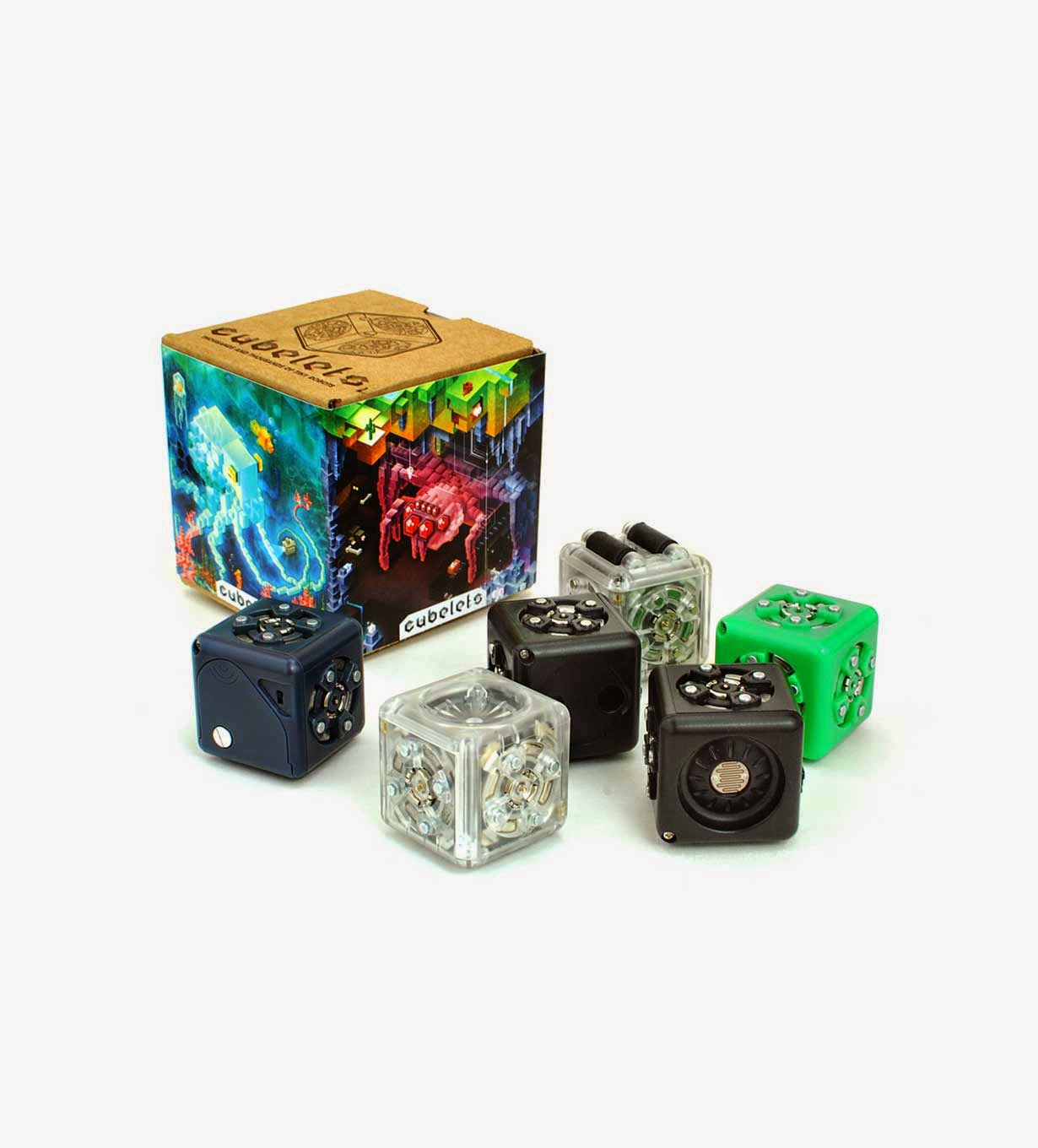An introduction to technology and engineering skills for young learners (ages 3-6 years old). Using simple robots and engineering manipulatives to explore STEM (Science, Technology, Engineering, and Math) concepts.
WHY? The following activities encourage fine-motor strength and coordination in a STEM environment. Children practice hand-eye coordination when they reach for, touch,and hold objects purposefully. They use fingers and whole-arm movements to manipulate and explore objects. All of this prepares them for reading and working in a school classroom.
After a short story, caregivers and their children were invited to visit each station with a check list
(simplified below). When done visiting each station, the children received a special treat (we gave out pencils left over from Halloween trick or treating). This checklist was particularly helpful in spreading everyone out throughout the room and to all of the stations. The mini robot station could only handle 2 families at a time. We didn't want everyone crowding this fun station when there were plenty of other activities to do. The checklist spelled out all the different activities to do while waiting their turn for the robots.
Scissor Station: Apply scissor technology to cut patterns in paper which strengthens small muscles in hands.
Design a Robot Station: Use craft foam shapes and glue to design a personal robot. Name and describe the shapes used. Utilize these simple shapes to form larger shapes or images.
Mini Robot Station: Develop scientific investigation skills by constructing a small robot using cubes that perform various tasks. (Cubelets that came in an engineering kit from Hatch Early Learning.)
Connect the Pieces Station: Explore and investigate ways to make something happen by working with the Zoob Jr. manipulatives to build robot-like figures using diverse parts and joints. (The Zoob Jr. pieces were also part of the Hatch kit.)
Build Station: Support fine-motor skills by demonstrating engineering and building techniques with varied opportunities and materials.
- Straw Connectors
- Lego Duplos
- Wood blocks
Overall, this program was easy to create. My library did spend some money on the Hatch kit, but this program could be recreated without the kit. The building station and the mini-robot station were equally popular. The Cubelets were fun to explore, but we only bought 2 sets because of the cost. We are now trying to figure out how to use these robots in a program for older kids.




No comments:
Post a Comment